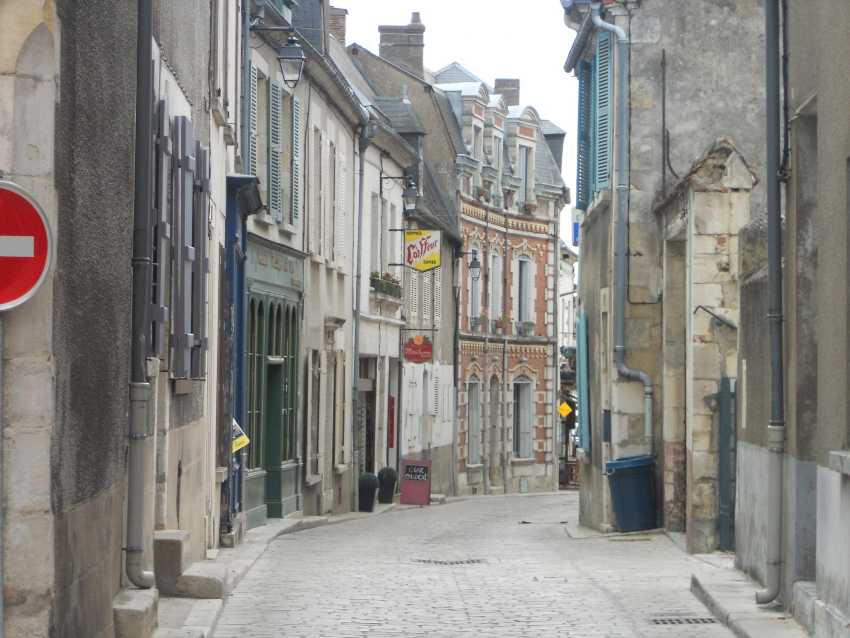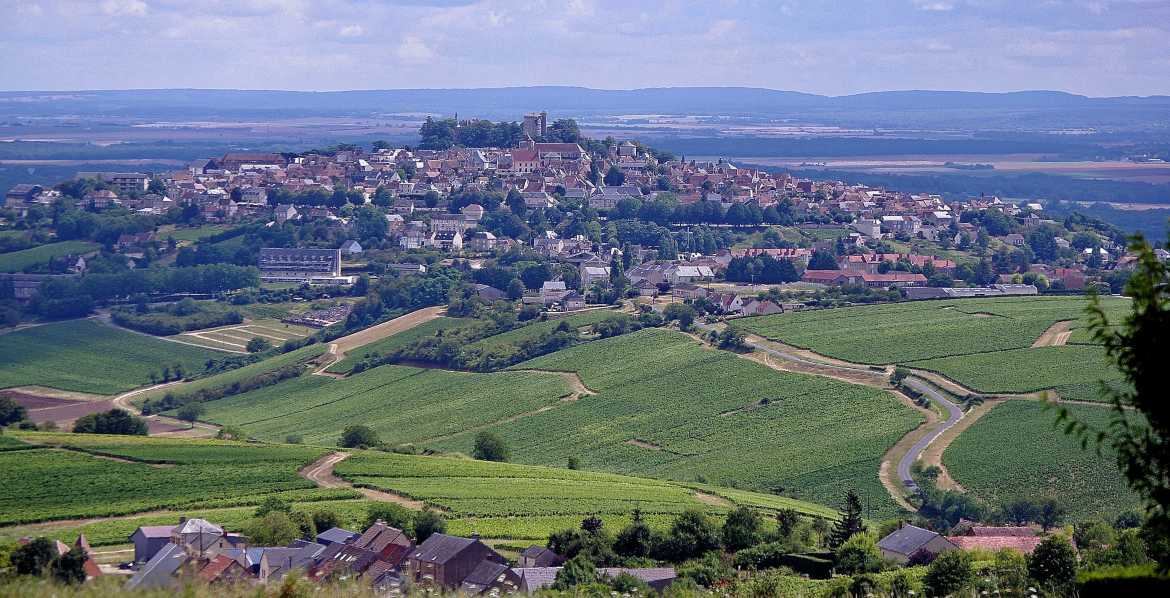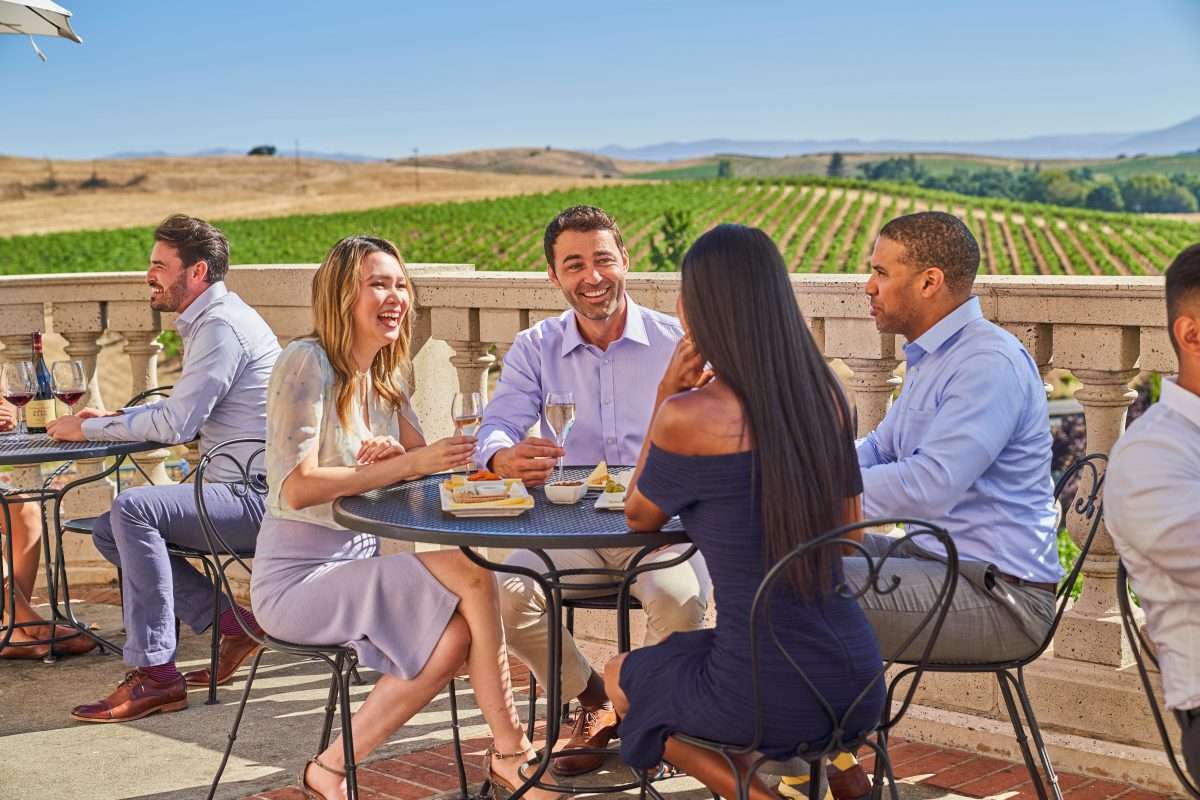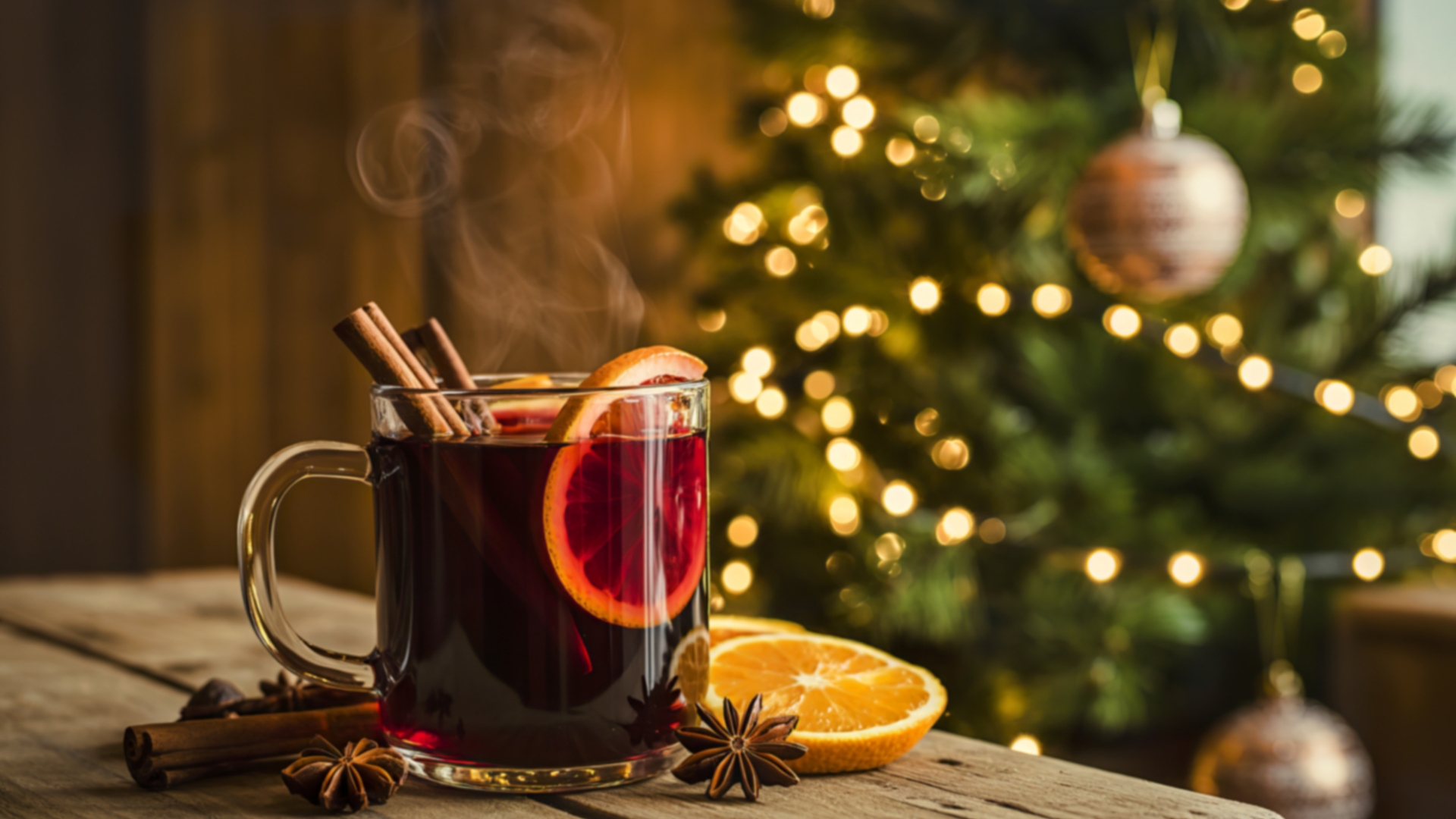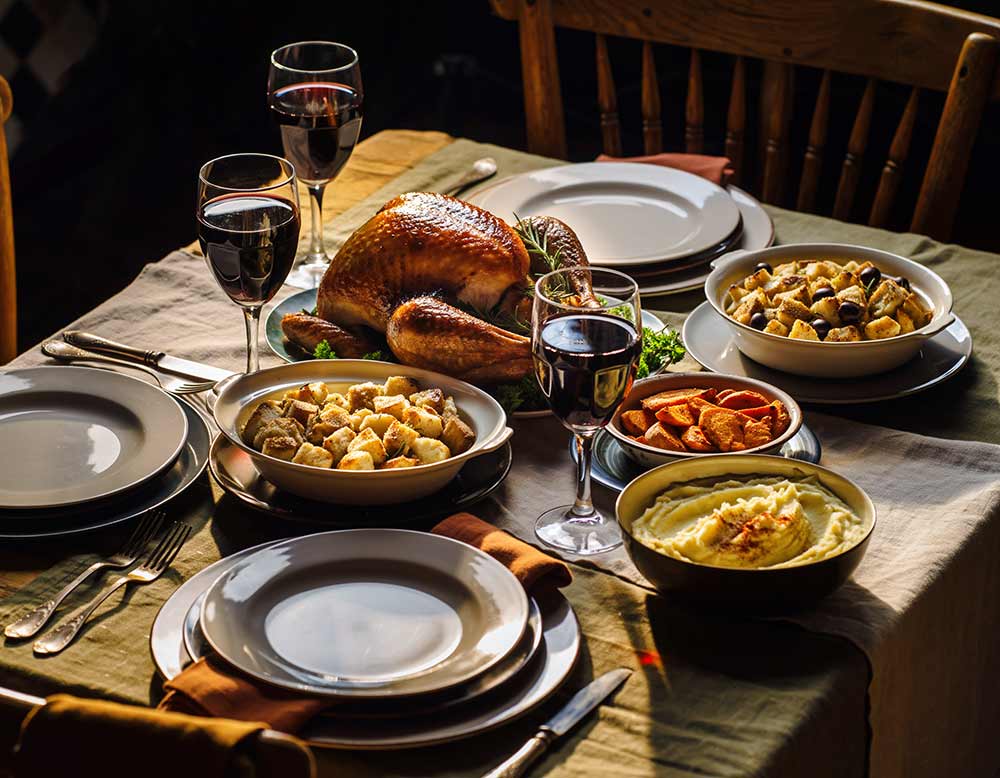The Loire River is the longest river in France, extending for about 300 miles from the Massif Central and heading northwest through the Loire Valley to the Atlantic Ocean. As happens in many wine appellations in the world, vineyards are planted on both sides of the river, forming over 60 appellations that craft all styles of wines: whites, rosés, sparkling wines, and dry reds.
This post is dedicated to the regions located on the eastern side of the Loire Valley. Here, in the very heart of France in the area known as the Central Vineyards are two appellations of worldwide renown producing excellent dry white wines made from 100% Sauvignon Blanc: Sancerre and Pouilly-Fumé.
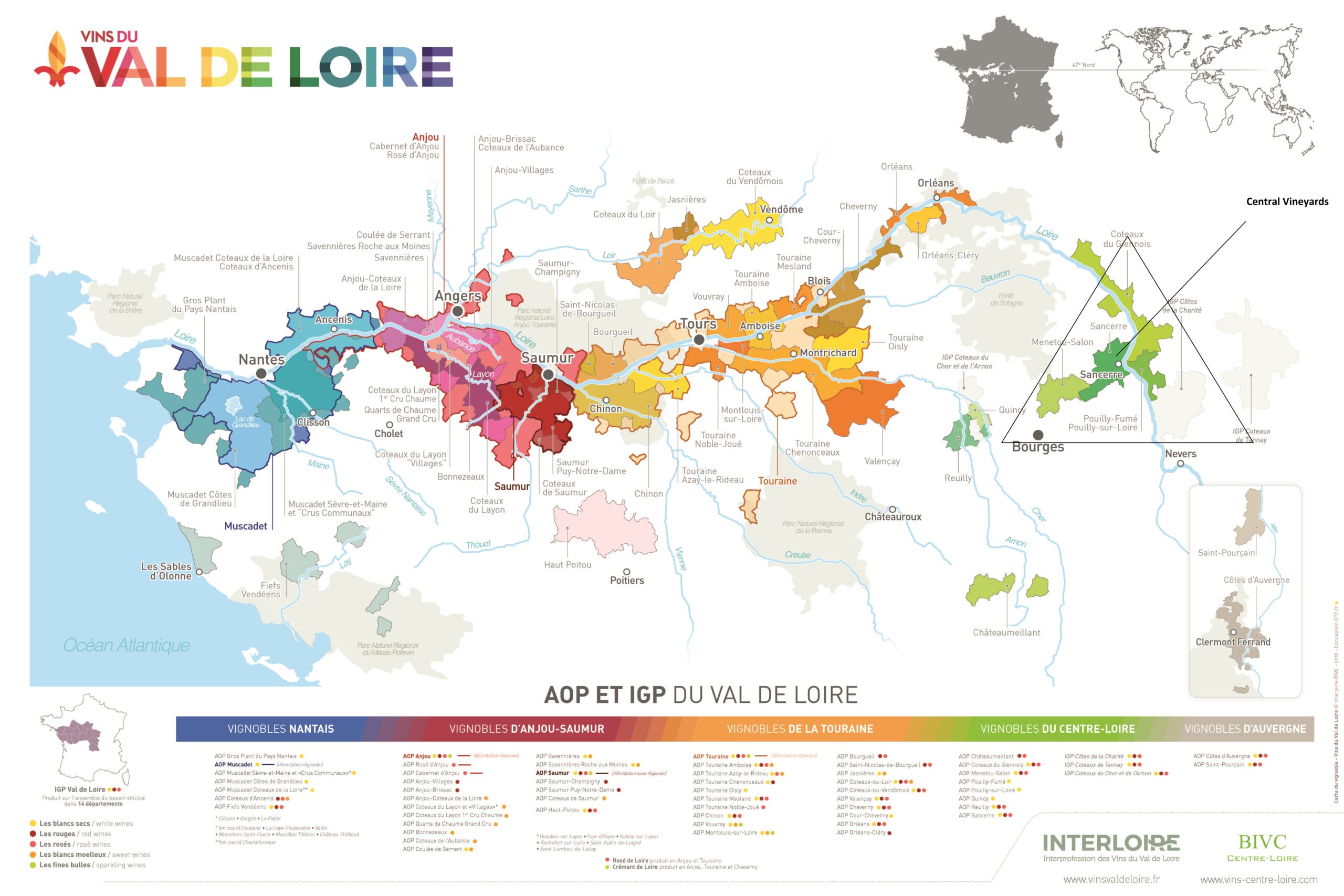
Two Sides of the Same River
In general, all of the Loire Valley is considered a cool climate region, yielding very lively wines with high acidity. The Loire Valley is located at 47º latitude north, which is very northerly. However, the area enjoys longer days with more sun hours, especially during ripening season (August and September).
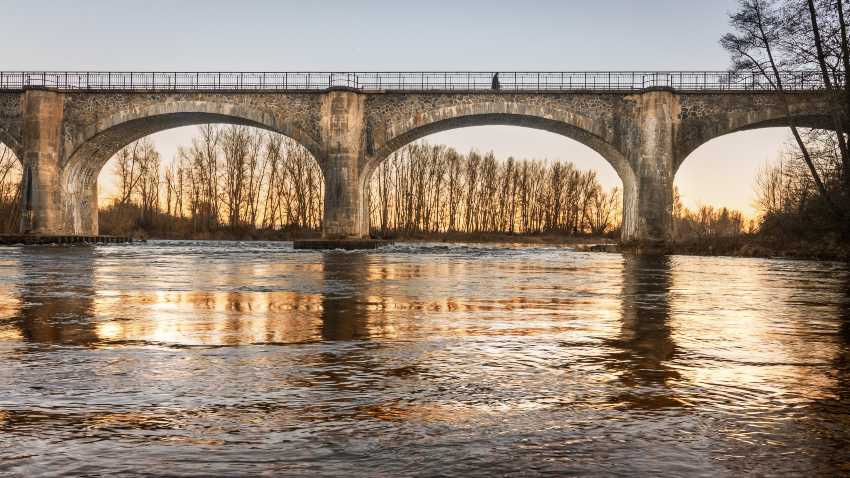
Located on opposite sides of the Loire River in the Central Vineyards, Sancerre and Pouilly-Fumé enjoy a completely different climate from other Loire appellations, all of which are located further west moving towards the Atlantic. Instead of the humid maritime weather common to the rest of the Loire, the Central Vineyards enjoy a cool continental climate with temperature and seasonal differences: that means sunny summers and very cold winters. Spring frost during the growing season is often a real problem, as well as intense summer hailstorms.
Sancerre is the largest producer of the whole Loire valley, producing double the amount of bottles of any other sub appellation, which includes a small amount of red and rosé, while Pouilly-Fumé produces only white wines.
This is the place where Sauvignon Blanc is believed by some to have originated, and from where it was transported to other countries. Pouilly-Fumé is located on the right side of the river near the town called Pouilly-Sur-Loire; Sancerre is located on the left bank surrounding the city of the same name and neighboring other satellite appellations that also make good Sauvignon Blancs, such as Menetou-Salon, Reuilly, and Quincy.
Soils and Styles of Loire Valley Sauvignon Blanc
The soils in Sancerre are chalky and rocky and can be divided into three groups:
- Terres Blanches are rich in Kimmeridgian marl, a limestone rich in sea fossils, which usually provides wines with plenty of structure (it’s the same soil found in Chablis)
- The Caillotes combine limestone pebbles, clay and gravel and produces the most aromatic wines
- The Silex, a flint- and sand-based soil that gives the wines their typical minerality and smoky aromas
In Pouilly-Fumé, the soils are similar to those of Sancerre but usually have more Silex, hence the use of the word Fumé (smoky in French). A good example of this is the Michel Redde et Fils Pouilly-Fumé La Moynerie, grown in a single vineyard with diverse subsoils of limestone, kimmeridgian marl, and clay with flint, lending to hints of smoke and gunflint in the glass.
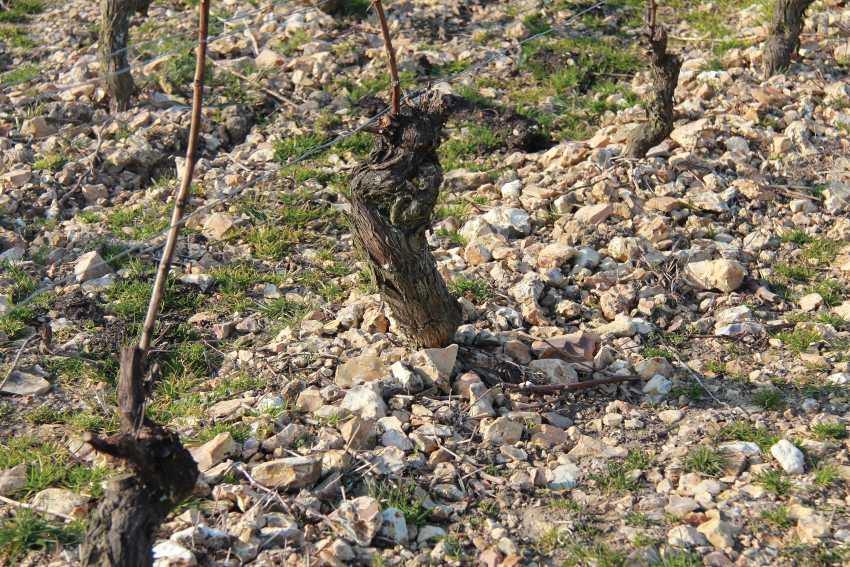
Stylistically, Sauvignon Blancs from Sancerre and Pouilly-Fumé are completely different from those produced in the New World. For starters, they tend to be more restrained, mineral, and herbaceous and therefore less fruity, plus they are not normally aged in oak, with most producers fermenting in stainless steel and or very old casks and purposely avoiding malolactic fermentation. This helps keep the wines’ elegance and aromas of the grape. These characteristics are what have made Sancerre and Pouilly-Fumé a better match for food, and what made them a favorite of most French bistros.
Loire Valley Sauvignon Blancs feature light to medium bodies, medium alcohol, high acidity, and no tannins. Common descriptors used for these wines are: gooseberry, black currant leaves, green peppers, pink grapefruit, fresh cut grass, thyme, fennel, cat’s pee, asparagus, lemon curd and lime zest. In warmer vintages, they will also show white peach, pineapple, and honeydew melon notes. Sancerre tends to be very green on the nose, elegant and refined while Pouilly-Fumé is smoky, mineral, and a bit rounder in body. They are best consumed upon release and up to three years from their vintage, right before they lose their delicious freshness.
